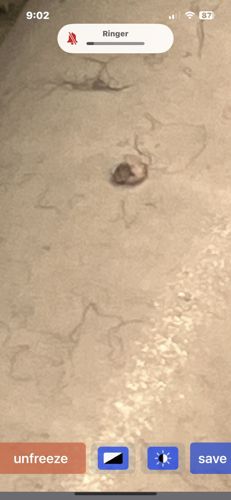Bed Bug
Scientific Name: Cimex lectularius
Order & Family: Hemiptera, Cimicidae
Size: 4-5 mm (adults), about the size of an apple seed

Natural Habitat
Primarily human dwellings (beds, mattresses, cracks and crevices in walls, furniture), luggage, and other personal items. They prefer dark, secluded areas.
Diet & Feeding
Exclusively hematophagous, feeding on the blood of humans and other warm-blooded animals. They typically feed at night.
Behavior Patterns
Nocturnal, hiding during the day and emerging to feed at night. They are attracted to carbon dioxide and warmth. Bed bugs do not fly or jump, but crawl quickly. They can survive for several months without a blood meal.
Risks & Benefits
Potential risks include itchy bites, allergic reactions, secondary skin infections from scratching, and significant psychological distress. They are not known to transmit diseases to humans. There are no known benefits to humans or the ecosystem, as they are primarily a pest.
Identified on: 10/2/2025